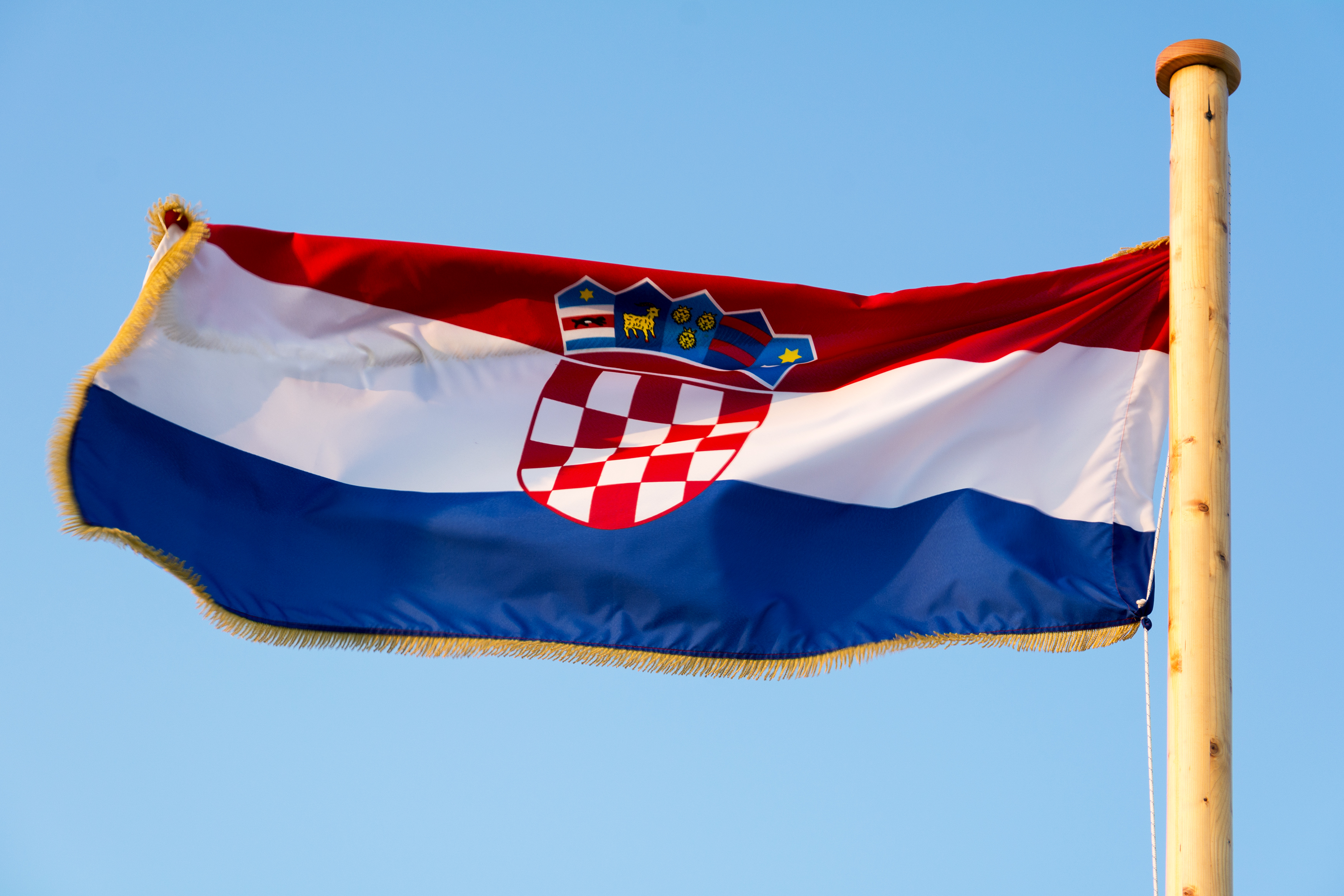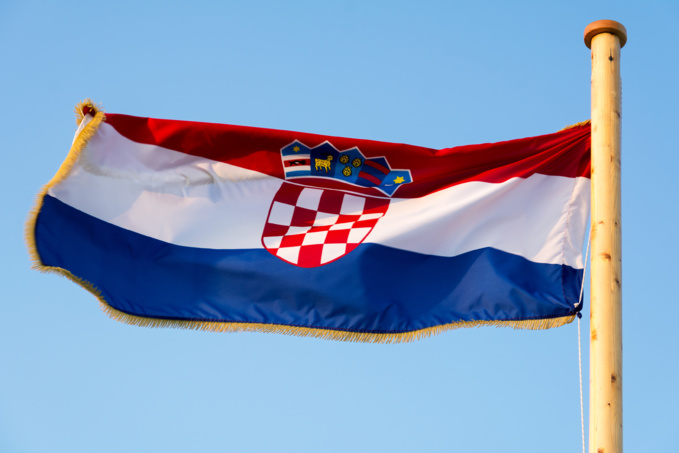Croatia started the process of joining the eurozone. On July 4, the country sent a letter of intent to join ERM II, the exchange rate mechanism. The so-called euro zone waiting room is one of the key criteria for entry into the eurozone. It stipulates that the country must ensure at least two years of stability of the national currency exchange rate to the euro. Authors of the letter, Minister of Finance Zdravko Marić and Head of the National Bank of Croatia Boris Vujčić believe that Croatia needs to join ERM II because of “a significant reduction in the country’s macroeconomic imbalance” and importance of export growth, reducing unemployment, consistent fiscal policy and a strong reduction in foreign debt.
Croatia's accession plan to ERM II also includes a number of reforms, which are planned to be implemented by mid-2020 — this is when the country hopes to join the mechanism if the application is approved by the ECB, euro area countries, and Denmark, which is currently already a member of ERM II. As Mr. Vujčić notes, entry into the euro zone is expected in early 2023, when Croatia will satisfy nominal convergence criteria (Maastricht criteria).
In addition to maintaining a stable exchange rate for two years, the European Monetary Union imposes requirements on a number of macroeconomic indicators.
The maximum budget deficit should not exceed 3% of GDP, state debt - 60% of GDP, long-term loan rates and inflation should not deviate by 2% and 1% of the average level of this indicator in the three EU countries with the most stable prices. According to Eurostat, at the end of 2018, Croatia’s national debt amounted to 74.6% of GDP, and the budget in 2018 was executed with a surplus of 0.2%, while the inflation rate in May 2019 was 1%. Note that Bulgaria, which in 2018 submitted an application to connect to ERM II and is ahead of Croatia in this process for a year, has a national debt of only 22.6% of GDP, a budget surplus of 2%, inflation is also not a concern and is estimated by Eurostat at 2.9%. At the same time, the cumulative national debt of countries already in the euro area amounts to 85.1% of GDP, inflation - 1.2%, and the budget was executed with a deficit of 0.5% of GDP.
In May, the country turned to the ECB for cooperation in the supervision of local commercial banks. Now, as Head of the Croatian Central Bank notes, more than 80% of depositors' funds are stored in a single European currency, and the national currency of Croatia – Kuna - is already pegged to the euro, so the transition to a single currency does not require significant costs. The problem for integration, however, is a significant gap in GDP per capita: it is € 30.5 thousand in the euro area, and € 11.5 thousand in Croatia.
Now the euro zone includes 19 of the 28 EU countries. In addition to Bulgaria, Romania is currently active in the transition to the euro. Several countries, including the Czech Republic and Poland, are postponing integration, explaining the decision by not wanting to lose macroeconomic freedom and fearing the negative impact of the transition to the euro on their economies.
source: reuters.com
Croatia's accession plan to ERM II also includes a number of reforms, which are planned to be implemented by mid-2020 — this is when the country hopes to join the mechanism if the application is approved by the ECB, euro area countries, and Denmark, which is currently already a member of ERM II. As Mr. Vujčić notes, entry into the euro zone is expected in early 2023, when Croatia will satisfy nominal convergence criteria (Maastricht criteria).
In addition to maintaining a stable exchange rate for two years, the European Monetary Union imposes requirements on a number of macroeconomic indicators.
The maximum budget deficit should not exceed 3% of GDP, state debt - 60% of GDP, long-term loan rates and inflation should not deviate by 2% and 1% of the average level of this indicator in the three EU countries with the most stable prices. According to Eurostat, at the end of 2018, Croatia’s national debt amounted to 74.6% of GDP, and the budget in 2018 was executed with a surplus of 0.2%, while the inflation rate in May 2019 was 1%. Note that Bulgaria, which in 2018 submitted an application to connect to ERM II and is ahead of Croatia in this process for a year, has a national debt of only 22.6% of GDP, a budget surplus of 2%, inflation is also not a concern and is estimated by Eurostat at 2.9%. At the same time, the cumulative national debt of countries already in the euro area amounts to 85.1% of GDP, inflation - 1.2%, and the budget was executed with a deficit of 0.5% of GDP.
In May, the country turned to the ECB for cooperation in the supervision of local commercial banks. Now, as Head of the Croatian Central Bank notes, more than 80% of depositors' funds are stored in a single European currency, and the national currency of Croatia – Kuna - is already pegged to the euro, so the transition to a single currency does not require significant costs. The problem for integration, however, is a significant gap in GDP per capita: it is € 30.5 thousand in the euro area, and € 11.5 thousand in Croatia.
Now the euro zone includes 19 of the 28 EU countries. In addition to Bulgaria, Romania is currently active in the transition to the euro. Several countries, including the Czech Republic and Poland, are postponing integration, explaining the decision by not wanting to lose macroeconomic freedom and fearing the negative impact of the transition to the euro on their economies.
source: reuters.com



















